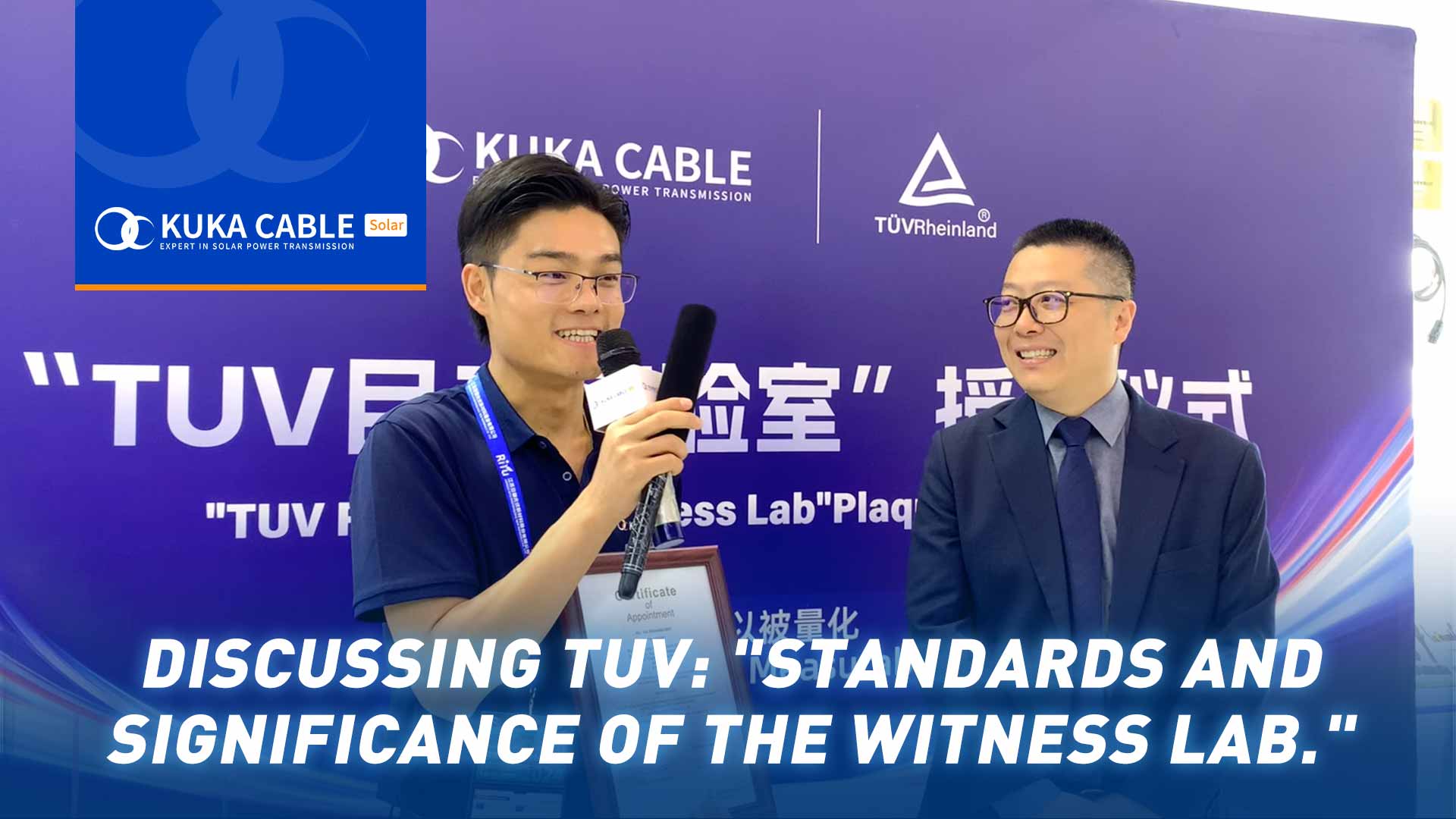Key Materials for PV Cable Sheaths and Insulation
NOVEMBER 15ST,2024
The performance and quality of PV cables significantly affect the operational efficiency and safety of PV systems. Among them, the sheath and insulation materials play a critical role, and the selection of raw materials is essential. This article provides an in-depth look at the key raw materials for producing sheaths and insulation, their advantages and disadvantages, and methods to enhance their performance.
Types of Raw Materials for Sheaths and Insulation
Sheaths and insulation layers for PV cables are typically made from materials with high weather resistance, thermal stability, and electrical insulation properties. Here are the main categories:
1.Polyvinyl Chloride (PVC)
· Characteristics: PVC has excellent mechanical properties, oil resistance, weather resistance, and processability, with relatively low costs.
· Advantages:Low cost and high cost-effectivenessEasy to process, suitable for large-scale production
· Disadvantages:Limited high-temperature resistance (typically 70-90°C)Emits toxic smoke during combustion, which is not environmentally friendly
2.Cross-linked Polyethylene (XLPE)
· Characteristics: Modified polyethylene with a cross-linked structure offering excellent thermal stability and mechanical strength.
· Advantages:High-temperature resistance (up to 125°C)Superior electrical insulation performanceLow-smoke, halogen-free, and more environmentally friendly
· Disadvantages:Higher production costsComplex manufacturing process requiring cross-linking equipment
3.Low-Smoke Zero Halogen (LSZH) Materials
· Characteristics: Made from modified polyolefins, LSZH materials do not contain halogens and produce minimal toxic smoke during combustion.
· Advantages:Environmentally friendly, meeting strict safety and environmental standardsHigh safety in case of fire
· Disadvantages:Limited flexibilityWeaker UV resistance, requiring additional modifications
4.Fluoroplastics (e.g., Polyvinylidene Fluoride PVDF, Polytetrafluoroethylene PTFE)
· Characteristics: High-performance materials widely used in demanding environments.
· Advantages:Resistant to high temperatures, UV, and chemical corrosionStable electrical properties and long service life
· Disadvantages:ExpensiveDifficult to process
Comparison of Material Applications
Techniques to Improve the Quality of Sheaths and Insulation
To enhance the performance of sheaths and insulation materials, the following methods are widely adopted:
1. Material Modification
· UV Absorbers: Enhance UV resistance and slow aging.
· Antioxidants and Flame Retardants: Improve thermal stability and fire resistance.
· Nano Fillers: Incorporate materials like nano-alumina or silica to boost mechanical strength and weather resistance.
2 .Cross-linking Technologies
· Silane Cross-linking: Creates a three-dimensional cross-linked structure via a wet process, suitable for mid-to-low-end markets.
· Accelerator Radiation Cross-linking: Uses high-energy electron beams for cross-linking, eliminating wet curing and yielding superior performance.
3.Composite Material Technology
· Utilize multilayer co-extrusion to combine the benefits of different materials, such as a flexible inner layer with a wear-resistant, UV-resistant outer layer.
4,Process Optimization
· Precisely control extrusion temperature and speed to ensure uniform material structure and minimize defects.
· Use vacuum degassing equipment to remove impurities and bubbles, improving insulation quality.
Case Study: Application of Radiation Cross-linking Technology
A PV cable manufacturer adopted accelerator radiation cross-linking technology, combining XLPE with high-performance LSZH materials. The resulting sheath and insulation layers performed exceptionally well in the following areas:
· Improved weather resistance by over 30%, enabling use in deserts and extreme cold for more than 25 years.
· Reduced smoke generation during combustion by 50%, making it more environmentally friendly.
· Increased tensile strength by 25%, ensuring durability under harsh installation conditions.
Conclusion: The Balance of Material Selection and Innovation
The selection of materials for PV cable sheaths and insulation must balance performance, environmental considerations, and cost. Through material modification and process innovation, the reliability and lifespan of cables can be significantly improved. As advancements in materials and technology continue, PV cables will become safer, more efficient, and more environmentally friendly, providing robust support for the growth of renewable energy.
If you have any questions about raw materials or technical improvements for PV cables, feel free to reach out to us!


















